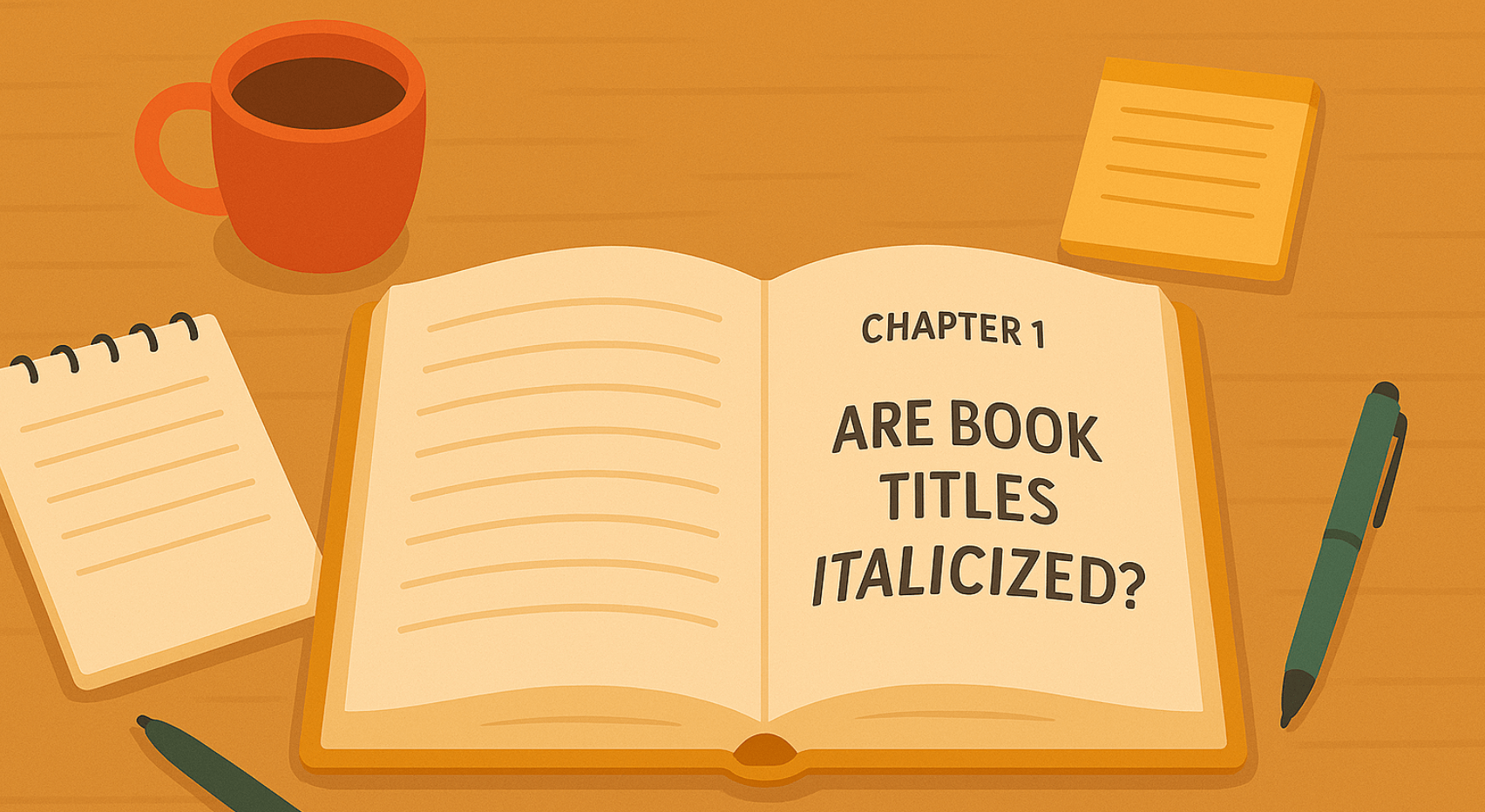Did you know the average person spends about six months of their life waiting in line? Whether it’s at the grocery store, in traffic, or during those interminable hold times on customer service calls, that’s plenty of time to read a few books—if you’re willing to make use of it. But the real question is, how many people are actually reading books these days?
While it may seem like everyone’s glued to their phones, binge-watching the latest show, or scrolling endlessly through social media, the reality might surprise you. In fact, many people still read books regularly—yes, actual books, not just status updates or tweets. But how many full books do people read a year? Is it really the dozen or so we all claim at the start of each new year’s resolution? Or are we reading less than we think?
In this article, we’re diving into the numbers, the trends, and some truly surprising facts about reading. From e-books to audiobooks, and the way book lovers have embraced social media, reading habits are changing—but they’re not disappearing. So sit back, grab a cup of tea (or maybe even a book), and get ready to discover just how much reading is still going on in the world today.
The Bookworm is Still Alive!
Fact 1: 48.5% of U.S. Adults Read One Book Annually
In a world dominated by streaming binges and endless social media scrolling, books face stiff competition, yet nearly half of American adults still engage with them. According to 2022 data from the National Endowment for the Arts, 48.5% of adults read at least one book for pleasure annually, down from 52.7% in 2017 and 54.6% in 2012. While this represents a notable decline over the past decade, it underscores a persistent cultural foothold for reading despite digital distractions.
The “Bookworm Club” today spans diverse formats- Kindle highlights, podcast-style poetry, and audiobooks during commutes. While the 48.5% figure doesn’t sound very promising, it still represents over 100 million Americans prioritizing books amid a digital deluge. Initiatives like the NEA Big Read, which leverages community art projects and youth programming, aim to reverse declining trends by reimagining literary participation.
Gender Gap is Not Just About Income
Fact 2: 49.2% of women report reading literature regularly, compared to just 29.5% of men
Yes, the gender gap is alive and well—49.2% of women report reading literature regularly, compared to just 29.5% of men, according to the 2023 National Endowment for the Arts report. So, what does this mean for the average bookworm? Well, it’s clear that women are leading the charge when it comes to diving into books, whether it’s novels, poetry, or non-fiction. But does this mean that men are less interested in reading altogether? Not exactly—they might just be more selective about what they pick up.
Women tend to read more across a variety of genres, from romance to historical fiction to self-help. Men, on the other hand, may focus more on specific genres like business, fantasy, or science fiction. While women might have a stronger presence in literature overall, men still enjoy reading, just in their own unique ways.
E-Books Are Soaring—But Are They Replacing Physical Books?
Fact 3: E-books account for 18-20% of U.S. Book Sales
E-books are steadily growing in popularity, but they still only account for around 18-20% of U.S. book sales, with print books continuing to dominate the market at about 80%. In 2024, the global e-book market reached a significant $17.16 billion, and it’s expected to grow at a steady 4.78% annually, projected to hit $22.76 billion by 2030. While e-books are making their mark, they still haven’t displaced physical books as the preferred choice for most readers.
And let’s not forget the rise of hybrid reading habits, where readers switch between physical and digital formats based on the situation. This suggests that rather than one format replacing the other, both can coexist. E-books are here to stay, but the readers who prefer print aren’t going anywhere either. Whether you’re team Kindle or team Hardcover, it’s clear: reading comes in all shapes, sizes, and formats.
Audiobooks Are Winning Hearts—and Ears
Fact 4: Audiobook revenue in the U.S. hit $2 billion
The audiobook industry is booming! In 2023, audiobook revenue in the U.S. hit $2 billion, marking a 9% annual growth and continuing an impressive 11-year streak of expansion. About 38% of American adults listened to at least one audiobook last year, reflecting how deeply audiobooks have embedded themselves in today’s reading habits. While they don’t yet rival the overall dominance of print and e-books, they’re certainly reshaping how people engage with stories.
That said, the “do audiobooks count as reading?” debate rages on. Some purists might argue that listening doesn’t count, but let’s be real—experiencing a story through your ears is just as valid as turning the pages. So, if you’re clocking in audiobooks while on the go, don’t let anyone tell you you’re not really “reading.” Audiobooks are here to stay, and they’re only getting more popular as they offer a new way to enjoy books in our fast-paced world.
Bookstagram and Booktok Are Changing the Reading Game
Fact 5: 2.4% of total U.S. Book Sales were made through Booktok Recommendations in 2021
BookTok has become a true game-changer in the world of books. In fact, 48% of TikTok users report discovering new books through the platform, and BookTok features have driven a remarkable 40% sales spike for titles that go viral. Take It Ends With Us by Colleen Hoover, for example—it sold over 4 million copies after blowing up on BookTok, while The Song of Achilles saw similar success, surpassing 1 million sales thanks to TikTok buzz. In 2021 alone, 20 million books were sold through BookTok recommendations, making up 2.4% of total U.S. book sales that year.
The power of BookTok goes beyond just sales—it’s reshaping reading habits globally. In Malaysia, for example, digital book borrowing surged by over 100%, from 15,000 to 40,000 monthly loans during BookTok’s rise. So, let’s be real: BookTok doesn’t just turn books into viral sensations; it’s a dangerous enabler for book lovers, inspiring purchases and creating must-read lists that many of us may never finish. But hey, we’ll keep buying them anyway!
Your Publishing Journey Awaits – Start NowGen Z Is Reading More Than You Think
Fact 6: Gen Z Buys an average of 2.1 print books per month
Gen Z is defying expectations when it comes to reading. While this generation may be stereotyped as glued to their phones, it turns out they’re picking up more physical books than their Millennial counterparts. Gen Z buys an average of 2.1 print books per month, compared to 1.8 per month for Millennials, according to data from the American Library Association and Library Journal. This preference for physical books has fueled a significant surge in print sales, especially in genres like YA and fantasy, with 61 million books purchased by UK Gen Z readers in 2023 alone, accounting for 18% of the market.
This generation’s reading habits are driven by both print nostalgia and a desire for digital-first discovery. They’re reading books for mental health benefits, connecting with diverse voices, and enjoying the communal aspect of book recommendations through social media. Whether it’s physical books or digital platforms like Wattpad and Libby for audiobooks, Gen Z is embracing a format-agnostic approach, proving that reading is alive and well, no matter the medium.
Screen Time Isn’t Killing the Book
Fact 7: 662 million digital items were borrowed from libraries in 2023
While it’s true that screen time is impacting traditional reading habits, the relationship between digital content and reading is more complex than we might think. Digital reading is actually on the rise—especially in formats like e-books, audiobooks, and digital magazines. In 2023, 662 million digital items (e-books, audiobooks, and magazines) were borrowed from libraries, marking a 19% year-over-year increase. So, while screen-based activities like social media and videos are definitely competing for our attention, it’s clear that digital reading formats are thriving.
In short, screen time may be displacing traditional book reading, but it’s not killing it—it’s just reshaping it. Today’s readers are adapting by blending formats, finding new ways to consume stories, whether on paper, through audiobooks, or via their phones. The future of reading isn’t gone; it’s just evolving.
Reading Helps Reduce Stress
Fact 8: Reading can reduce stress by 68%
In today’s chaotic world, we’re all looking for ways to unwind, and it turns out that reading is one of the most effective stress relievers. According to a 2009 study from the University of Sussex, reading can reduce stress by an impressive 68%—and all it takes is just six minutes. That’s right, in under 10 minutes, you can feel noticeably calmer, with reading outperforming other common relaxation activities like listening to music (61%), sipping tea or coffee (54%), walking (42%), or even playing video games (21%).
How does it work? Reading provides a powerful cognitive escape, engaging the brain’s prefrontal cortex, which activates the brain’s “anxiety brake,” reducing those emergency stress responses. It also lowers heart rate and muscle tension, shifting focus away from everyday stressors. But the benefits don’t stop there. Long-term, reading helps buffer against psychological distress, allowing us to cope better with life’s frustrations. So, the next time you’re feeling frazzled, don’t underestimate the power of a good book.
Reading Habits Vary Widely Across the Globe
Fact 9: 80% of adults in Sweden read at least 1 book annually
Reading habits around the world reflect not only cultural values but also access to resources, government policies, and socioeconomic conditions. In Sweden, 80% of adults read at least one book annually, with 21.5% reading 10 or more books per year (Eurostat 2022). Similarly, Finland leads the EU with 22.7% of its population reading 10 or more books each year. These Nordic countries have ingrained reading into their cultures through policies like free library access and parental reading programs, making books a central part of daily life.
On the other end of the spectrum, India presents a paradox: despite spending the most time reading globally—10 hours and 42 minutes per week—book reading, particularly in higher education, is on the decline. The country faces significant access challenges in rural areas, even as literacy rates improve, with 86.2% literacy in 2023. Global reading trends show a complex landscape where cultural priorities, educational systems, and access to resources shape how reading habits develop across different regions.
Print Books Maintain Market Dominance Despite Digital Growth
Fact 10: Print books still dominate the U.S. market at 80% of unit sales.
Despite the rise of digital formats, print books continue to dominate the U.S. book market, accounting for approximately 80% of unit sales. In 2024, 782.7 million print books were sold, representing a slight increase of less than 1% from the previous year, and a 10% increase compared to pre-pandemic levels (2019). Adult fiction is a major driver of print growth, with genres like fantasy and romance seeing notable increases in sales.
This trend isn’t just about a decline in print; it’s a shift in format and hybrid consumption. Gen Z, for instance, buys 2.1 print books per month but also reads webnovels on their phones. While digital formats have carved out niches in genres like romance and fantasy, print books, especially in these genres, continue to thrive—just look at Sarah J. Maas’ A Court of Thorns and Roses, which sold over 1.3 million print copies in 2024. In short, while digital formats are expanding, print books remain the cornerstone of the book market, adapting alongside digital trends without being eclipsed.
Fact: Reading is Very Much Alive
Reading is far from dead—it’s thriving, just in new and exciting ways. Whether you’re flipping through the pages of a classic paperback, listening to an audiobook during your commute, or enjoying an e-book on your phone, reading continues to evolve with the times. As digital formats like audiobooks and e-books become more integrated into our daily lives, the joy of reading remains at the heart of it all. It’s clear that books—no matter the format—still offer a powerful escape, a chance to unwind, and a way to connect with new ideas.
What’s even more exciting is how readers are embracing this evolution. People are finding new ways to read—whether by discovering books through BookTok or using apps like Libby to borrow digital titles from libraries. In fact, reading habits are more dynamic than ever, with people blending formats to suit their lifestyles. Gen Z, for instance, is buying more print books than ever while also enjoying webnovels and audiobooks, showing that reading isn’t confined to one format.
So, whether you’re a die-hard fan of the physical book, an audiobook enthusiast, or an e-reader aficionado, there’s a format for everyone. Reading is thriving in every corner of our lives, and it’s never been easier to dive into a good story.
So, how many books are you going to read this year? Whatever your format, the world of books is waiting for you.
FAQs – Facts About Reading
Q1: What percentage of people struggle with reading?
Approximately 14% of adults in the U.S. are considered functionally illiterate, meaning they struggle to read and comprehend written text at a level necessary for everyday life. Globally, literacy rates have improved significantly, but many people still face challenges with reading, especially in developing countries or due to limited access to education. In addition, many adults may struggle with comprehension, fluency, or speed, even if they can technically read.
Q2: How many people never read a book after high school?
According to a 2019 study by the National Endowment for the Arts, about 1 in 4 adults (approximately 25%) in the U.S. report not reading a book in any format (print, e-book, or audiobook) after completing high school. This statistic highlights a gap between formal education and sustained reading habits in adulthood. The trend can also be influenced by lifestyle, access to books, or preference for other forms of media.
Q3: What are 10 benefits of reading?
1. Improves Mental Stimulation: Regular reading keeps your brain active and engaged, which can help reduce cognitive decline as you age.
2. Enhances Vocabulary: Reading exposes you to new words and phrases, improving your vocabulary and language skills.
3. Reduces Stress: A good book can be an excellent escape, providing relaxation and reducing stress, often more effectively than other methods.
4. Improves Focus and Concentration: Reading requires attention, helping to enhance focus and improve concentration over time.
5. Boosts Creativity: Exposure to different ideas, worlds, and perspectives can inspire creativity and innovation.
6. Improves Writing Skills: Reading good writing influences your own writing style by exposing you to diverse writing techniques and structures.
7. Increases Knowledge: Whether fiction or non-fiction, books provide information and insights that expand your knowledge on various subjects.
8. Promotes Empathy: Reading fiction allows you to see the world through others’ eyes, increasing your ability to empathize with different perspectives.
9. Improves Sleep (if done before bed): Reading can help wind down the mind, making it easier to relax and fall asleep—especially when done without a screen.
10. Enhances Analytical Thinking: Critical thinking and analysis are required when reading complex texts, helping sharpen your problem-solving abilities.
Q4: What age group reads the most?
In the U.S., young adults aged 18-29 tend to read the most, with studies showing that 60% of this age group reads books regularly. However, people in their 30s and 40s also continue to engage in reading, though reading habits tend to decrease as people enter middle age, especially due to time constraints from work and family responsibilities. Notably, older adults (60+) also read regularly, particularly in retirement, as they often have more free time.
Q5: Are book readers happier?
Studies have shown that book readers tend to report higher levels of happiness and life satisfaction. Reading, particularly fiction, can reduce stress, enhance empathy, and provide an escape from daily pressures—all contributing to improved emotional well-being. Additionally, reading often fosters a sense of accomplishment and can serve as a form of self-care, promoting mental relaxation. People who regularly engage in reading tend to have stronger coping mechanisms for managing stress and other challenges.
Q6: Which country reads the most?
According to a 2019 survey by World Culture Score Index, India emerged as the country that reads the most, with the average Indian reading approximately 10 hours and 42 minutes per week. In comparison, Finland and Sweden also rank highly, with a strong culture of reading supported by educational policies and libraries. Despite digital media competition, these countries maintain strong reading habits, especially for educational and recreational purposes.








